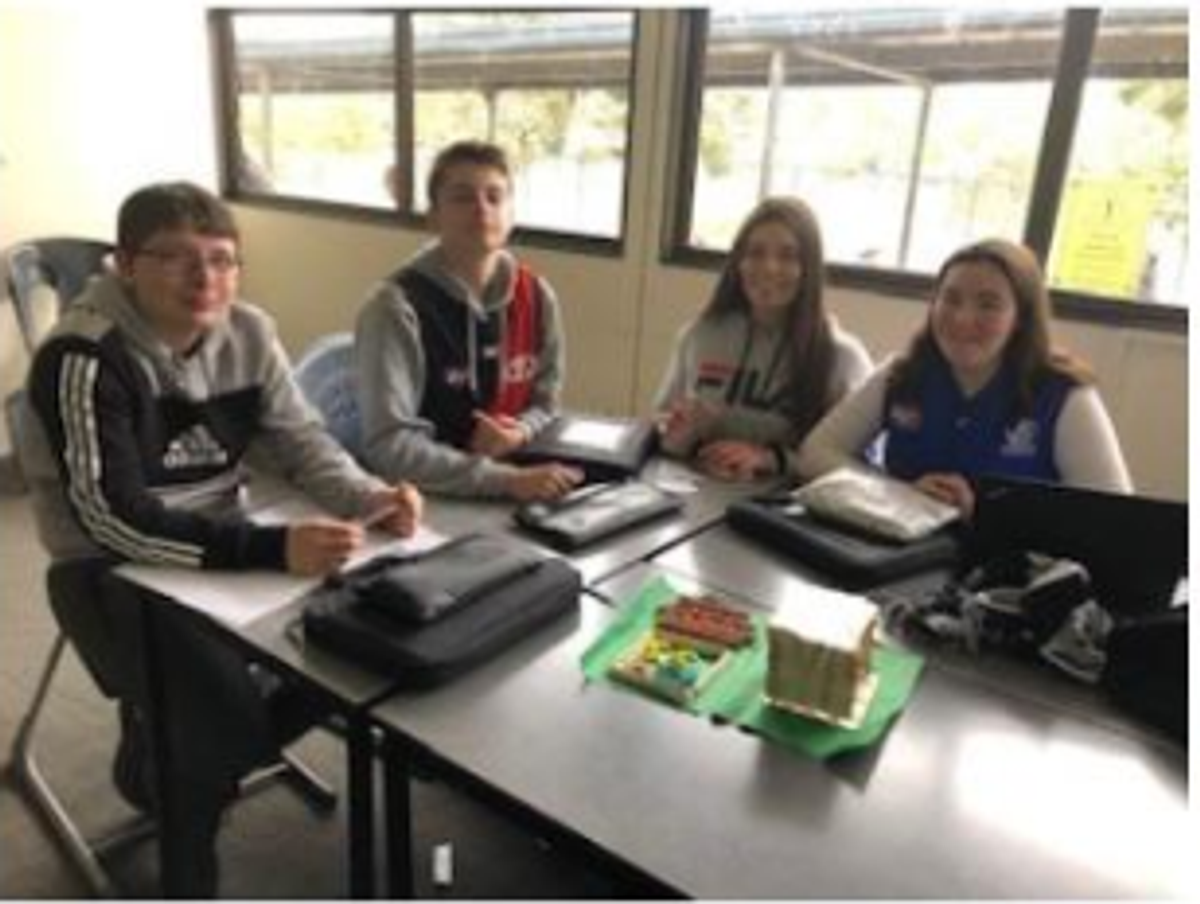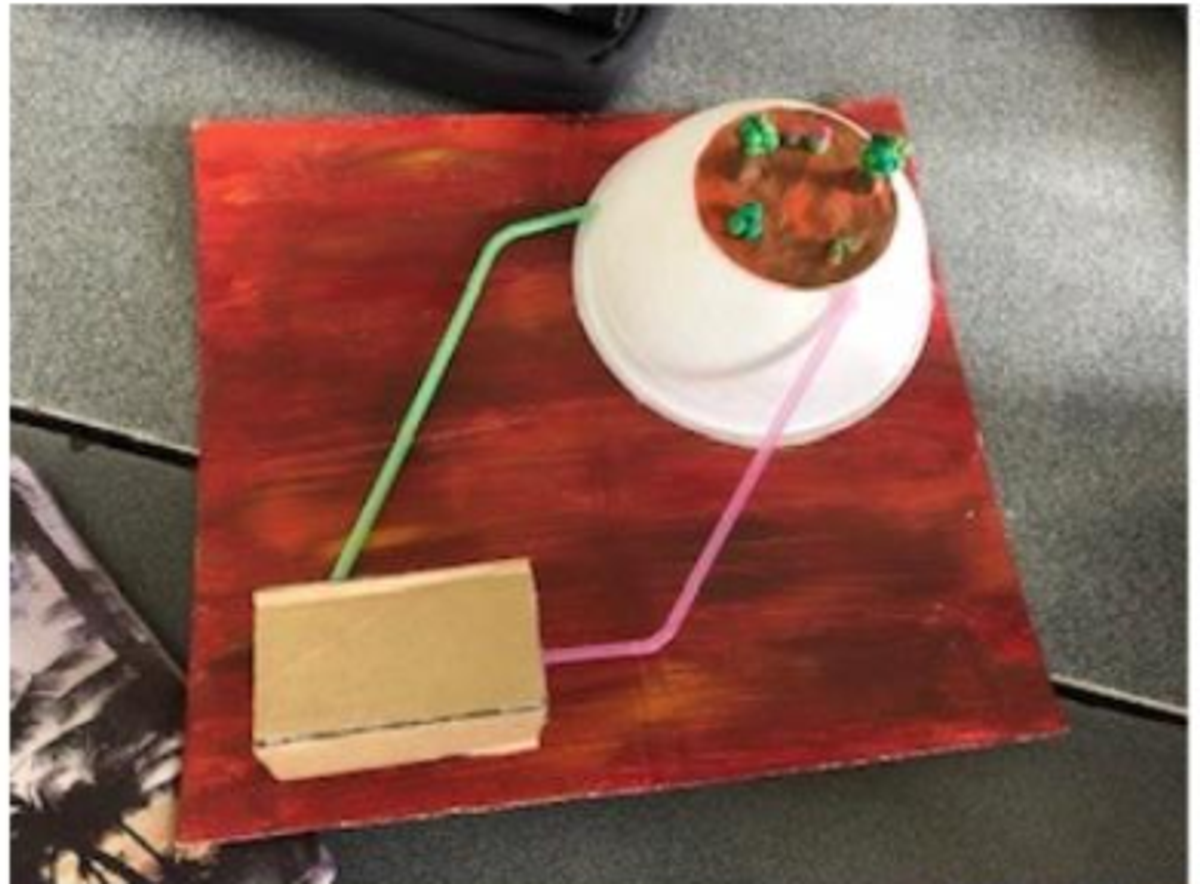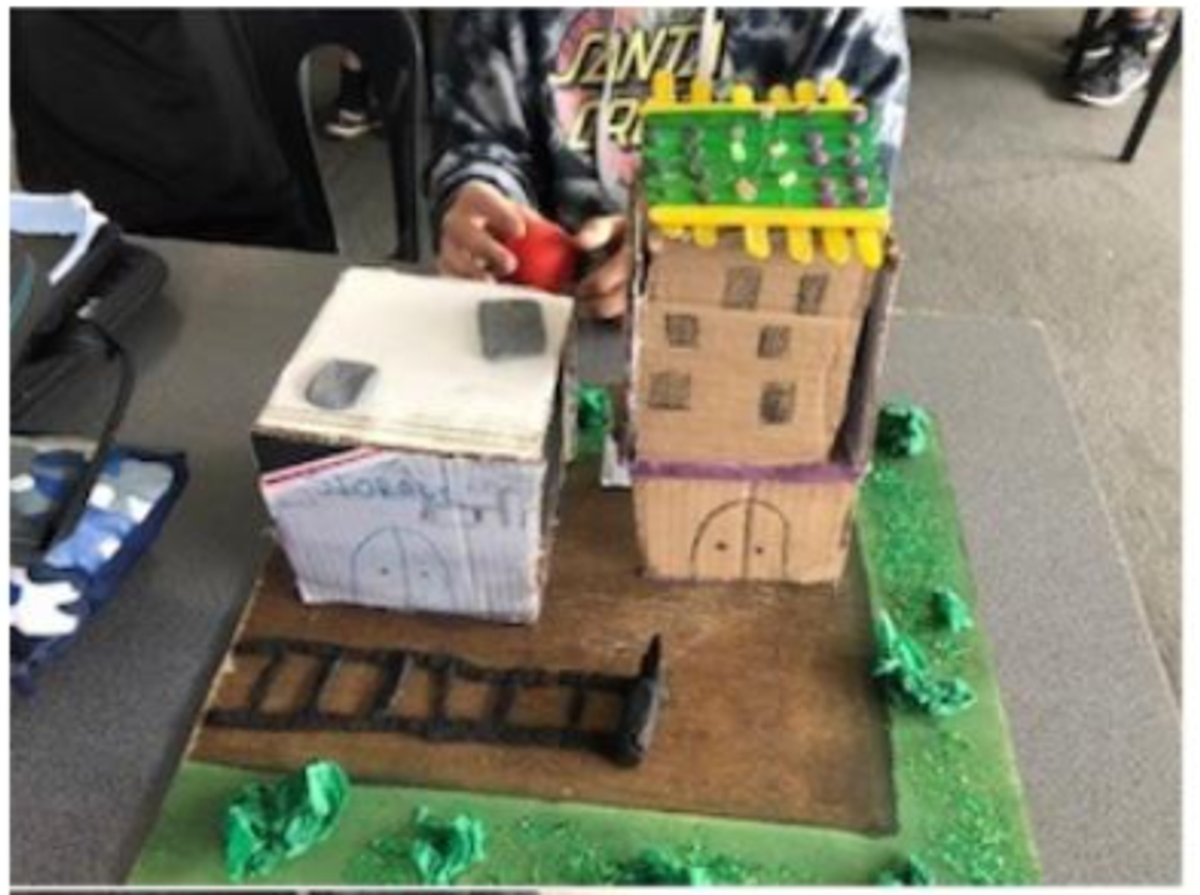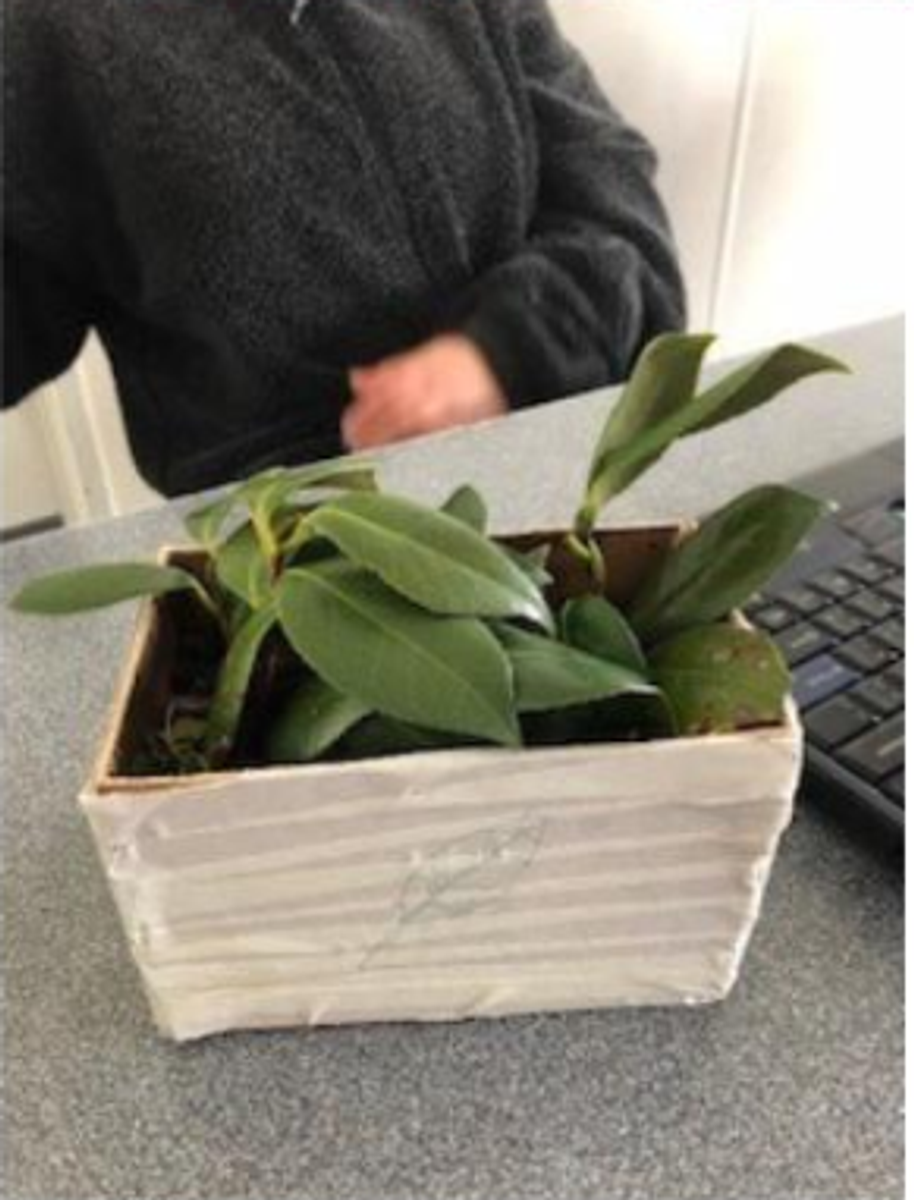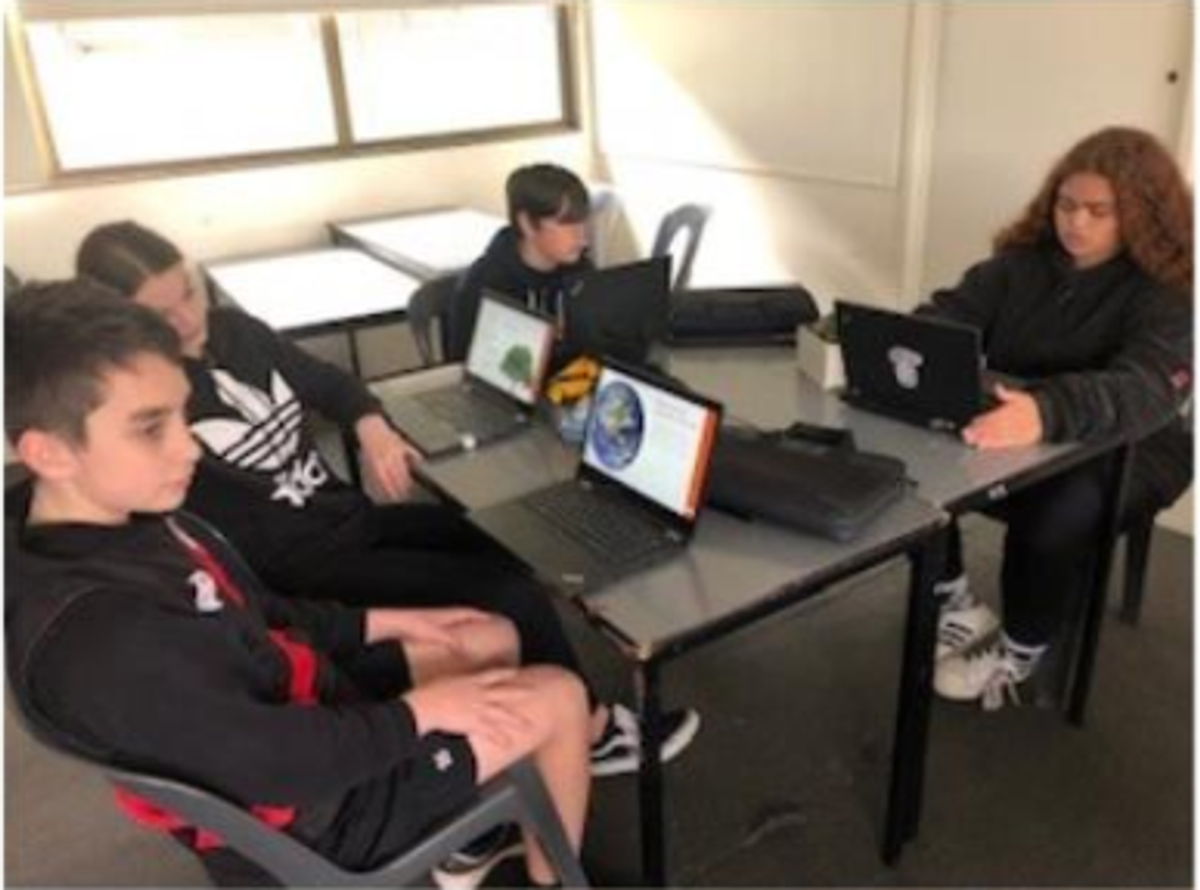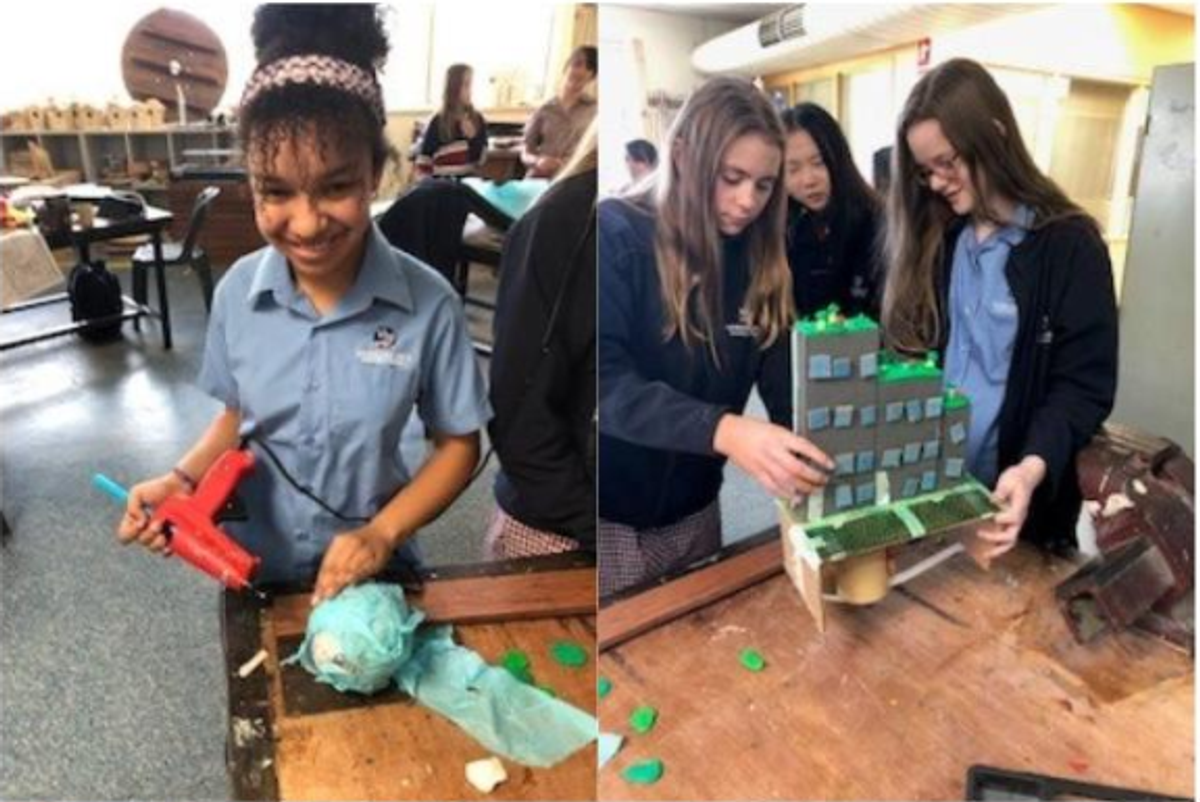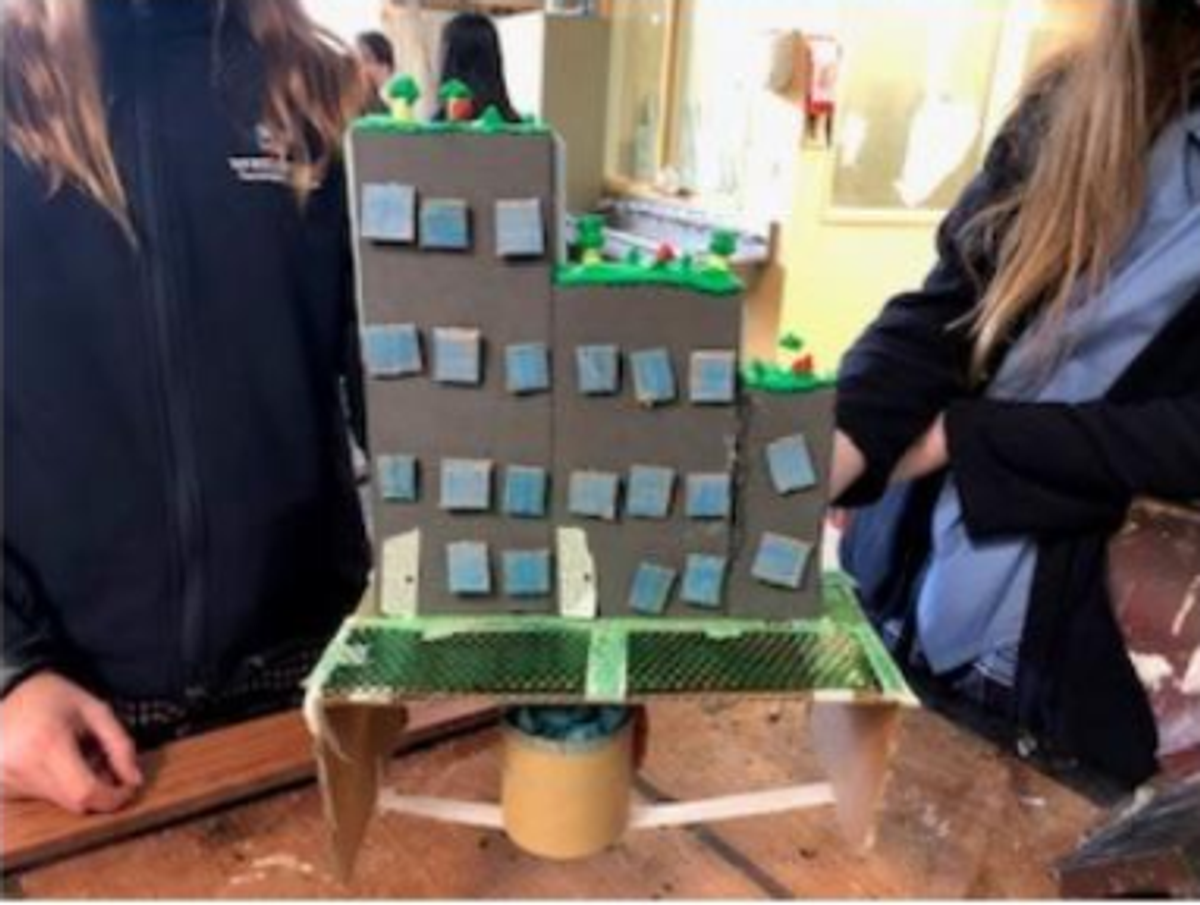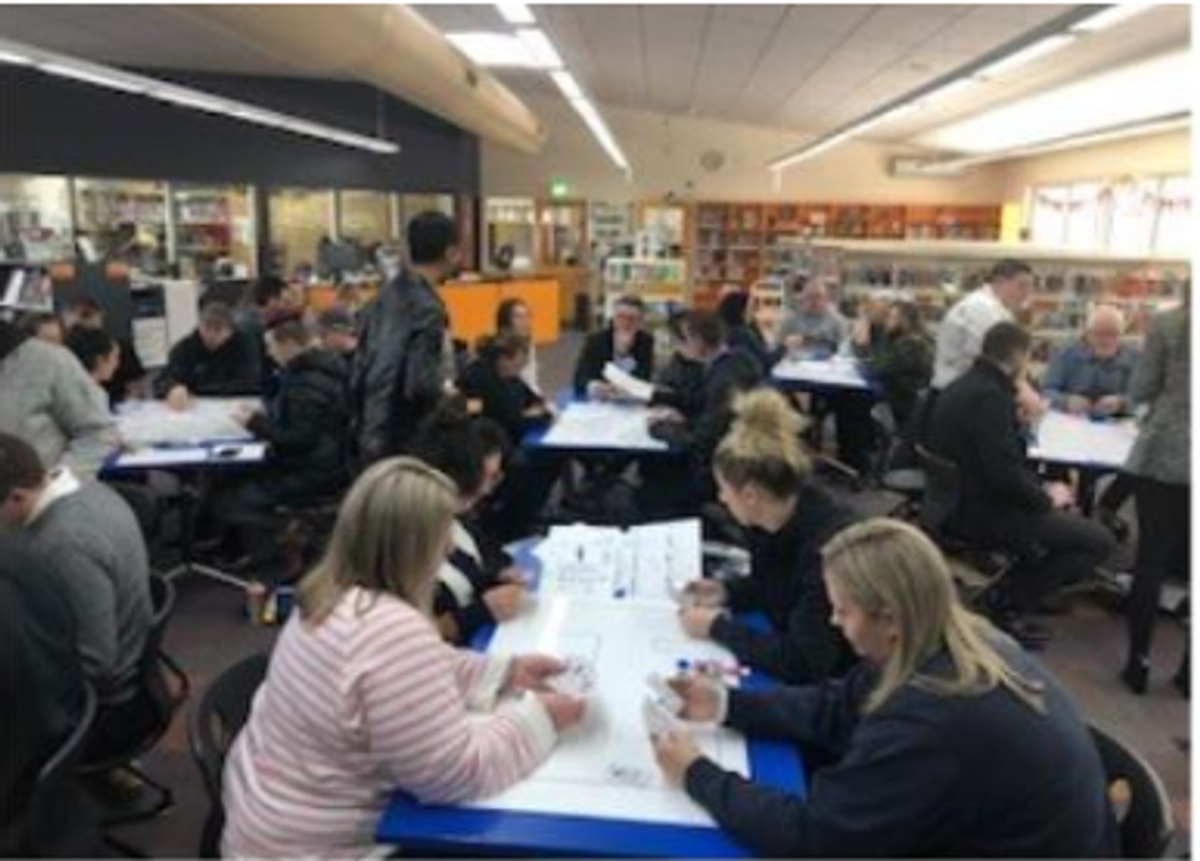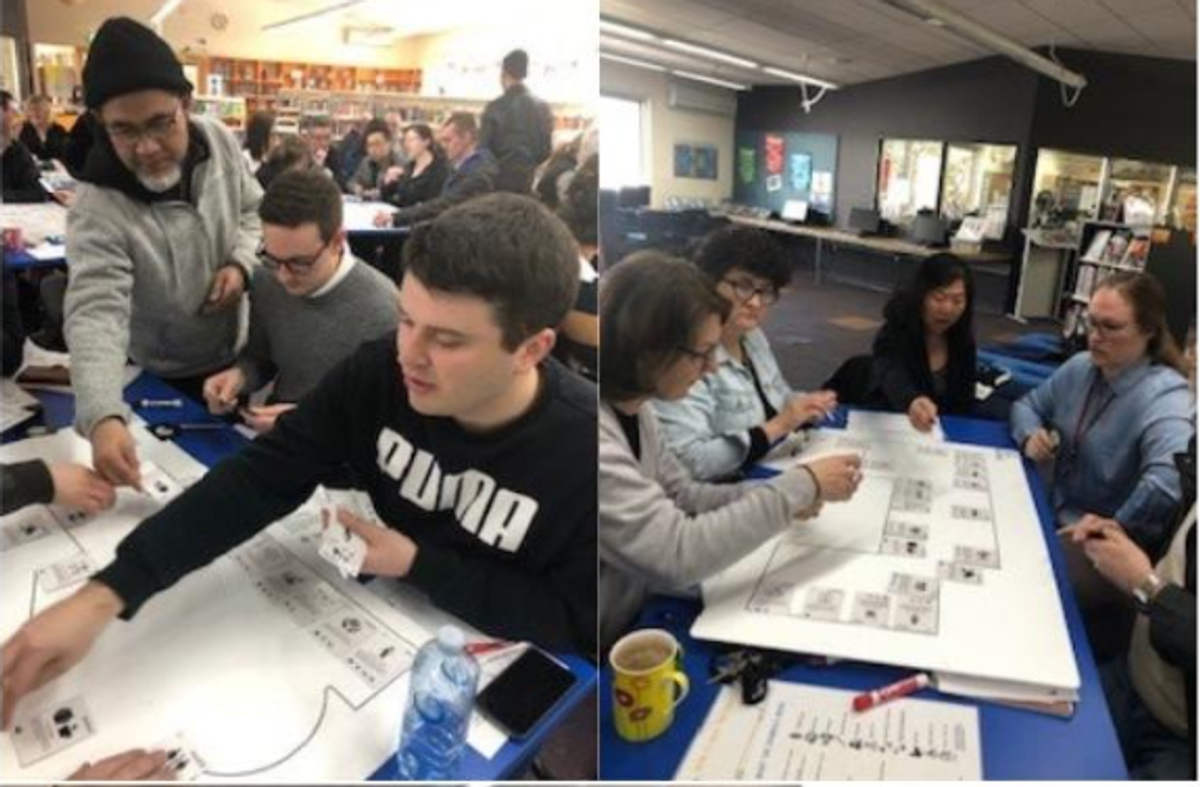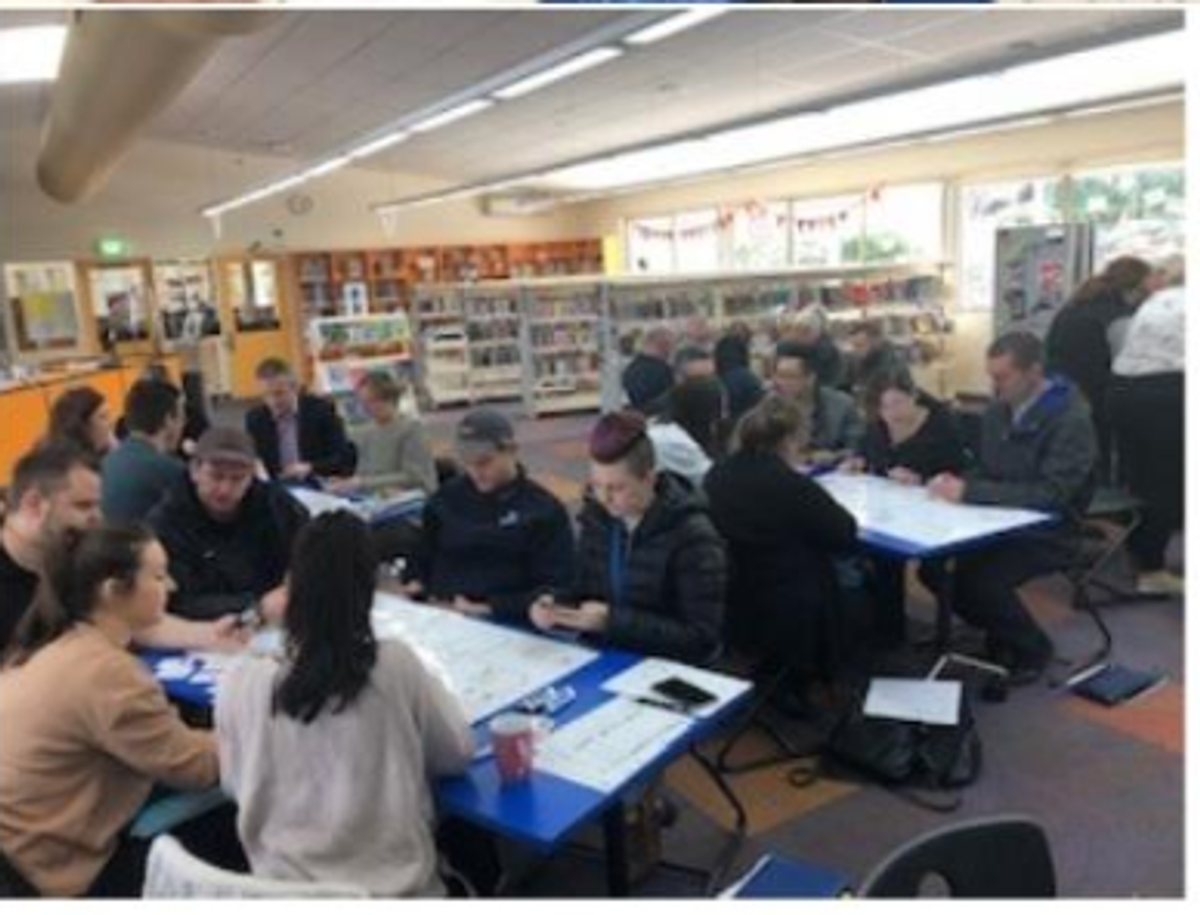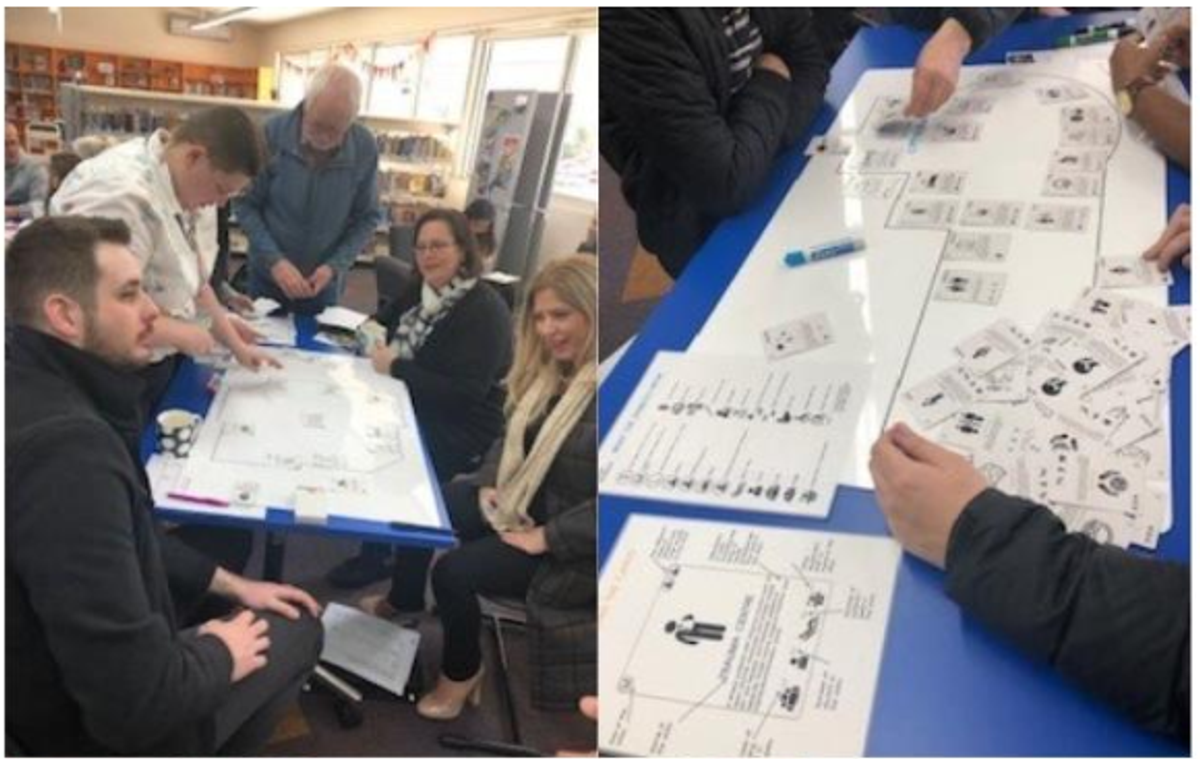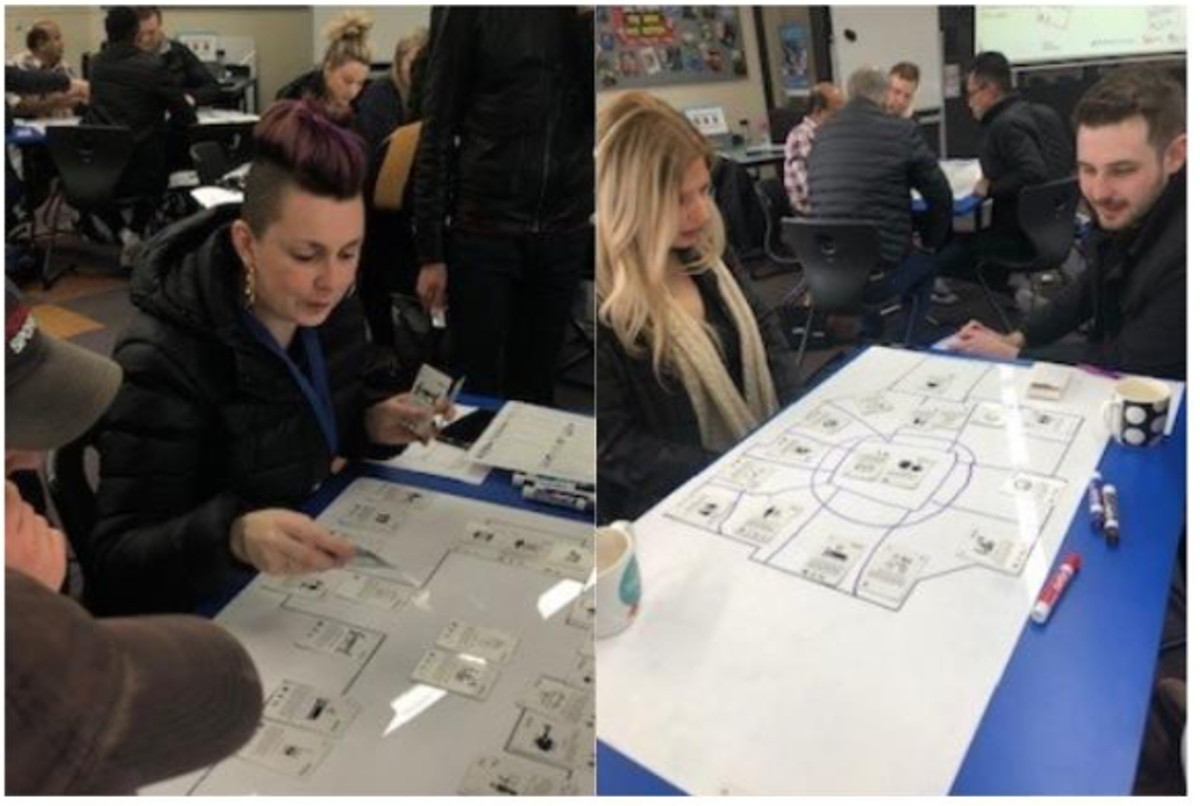STEM
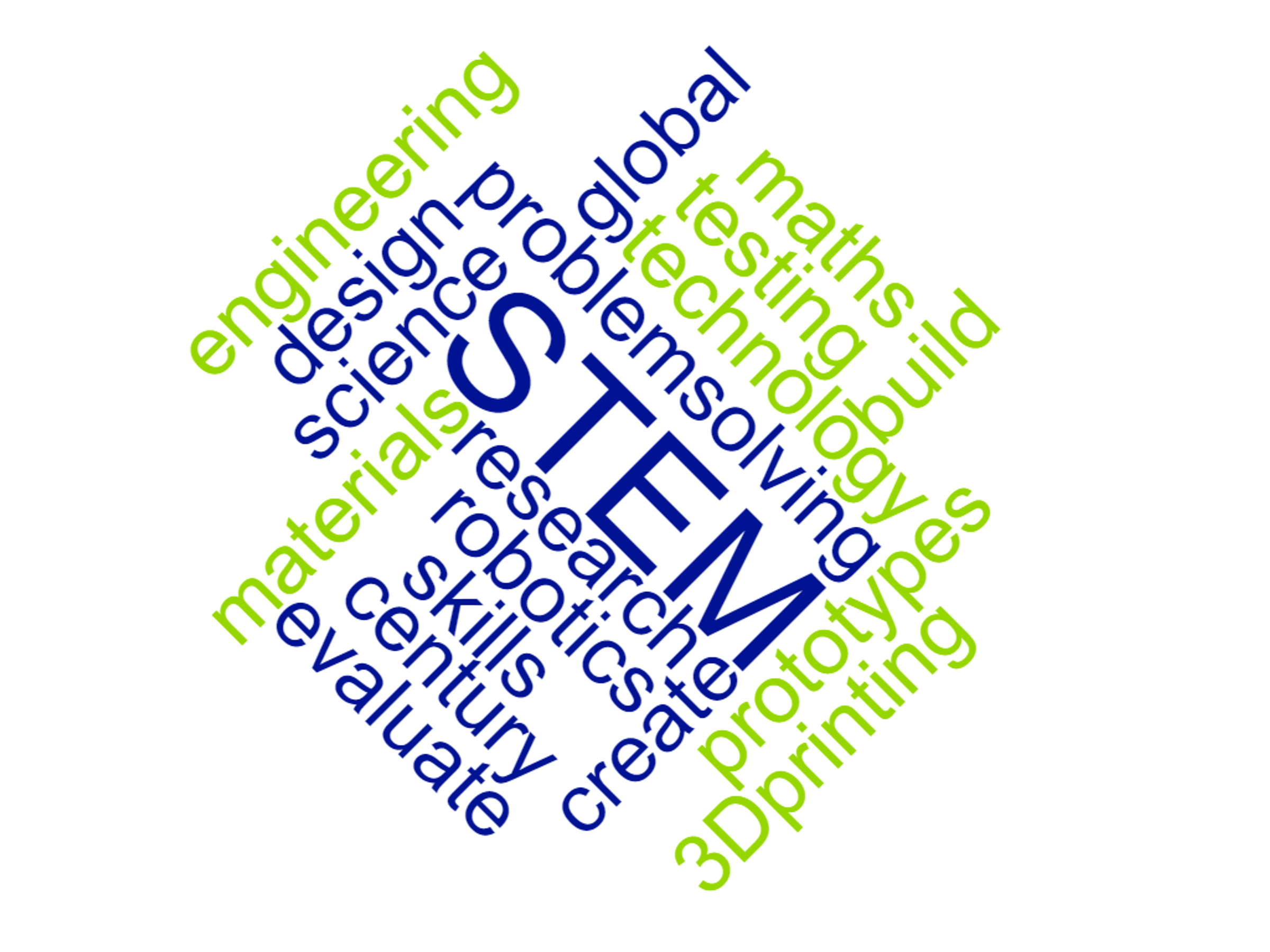
Monash Tech School Program – Year 9
9C & 9D participated in a STEM program (SuperHealth) this week at the Monash Tech School (MTS).
The program involves research, planning and designing a "hospital of the future" that would incorporate 21st-century skills such as collaboration, digital literacy, critical thinking, and problem-solving.
In the 3 days, students visited the Yakult factory and used this experience to see how the types of equipment they saw, can be utilized in their hospital. They then visited the biomedical facilities at Monash University Clayton Campus. Here they explored the current technologies in 3D printing and how they are being used in health care. Students visited the Monash Children's Hospital to gain experience of the structure of a hospital and Holmesglen to look at the technology currently available for students to learn with.
Students then worked in groups to plan and design their hospitals using the knowledge gained through their observations made at the places visited. They recorded and presented a video of what they thought "The Hospital of the Future" looked like.
Year 8 STEM unit – Abandon or Adapt?
The Year 8 students completed a 2 week STEM unit last week. Students completed projects focusing on developing their 21st century skills of collaboration, critical thinking, creativity and problem solving. Many students were engaged in creating their prototypes to solve the problems abandoning earth or adapting on earth to live. Students were able to present their solutions in showcases last week.
Year 8 STEM project.
Through weeks eight and nine of term 3, the entire year eight cohort have been focusing on one of the biggest CATs that any of us have undertaken. I am talking about the year 8 STEM project which was given to everyone to do in groups of four or five students.
This project took over all Maths, English, STEM, Humanities and Science classes. The task itself was to decide whether to adapt of abandon Earth because of the drastic effects of climate change. The groups had to decide whether to leave or stay after we learned more about climate change and how it impacts upon human civilization. All the classes looked at how dramatically climate change is impacting the Earth. We all learned about what the impacts specifically are, and if we had any questions about climate change we were asked to write it down and answer it.
We then moved on to the next part which was to create a piece of technology that would help human life survive and thrive on another planet, or a piece of technology that would help human civilization survive on Earth by trying to cut down on carbon emissions. We drew diagrams and researched all the aspects of our idea, such as what will it be made of, how it will work and what it will look like.
Once all the diagrams were finished, all groups had to create a physical prototype of this design. Some of these prototypes were futuristic in design, others were more streamlined and basic. We all had to present our finished prototypes to our peers. This project also reminded students how to work in a collaborative team.
My group worked very well together as we managed to create a prototype of a greenhouse that would be able to survive on Mars. It would run on wind power as Mars has extremely high wind speeds which are perfect for wind power. The materials that would be used to create the actual greenhouse have been proven to work in the conditions of Mars. The materials we chose consisted of Kevlar, High-grade Steel, Titanium and Bacterial building blocks.
This project also taught us how precious the world is, and how we must take care of it. If we don’t then that world as we know it will die because of climate change.
William Mann (8F)
Innovation Professional Learning Day – Teachers
On Monday 9th September, teachers were involved in a Professional Learning Day where they participated in a workshop from the Monash Tech School which included information about the school and programs that our students were involved in at Years 7 to 9. They were able to show teachers the importance of STEM skills (collaboration, creativity, critical thinking and problem solving skills) and modelled strategies that could be used in the classroom. Teachers had the opportunity to work collaboratively in groups to design a hospital
Kim Hewlett
STEM Learning Specialist


